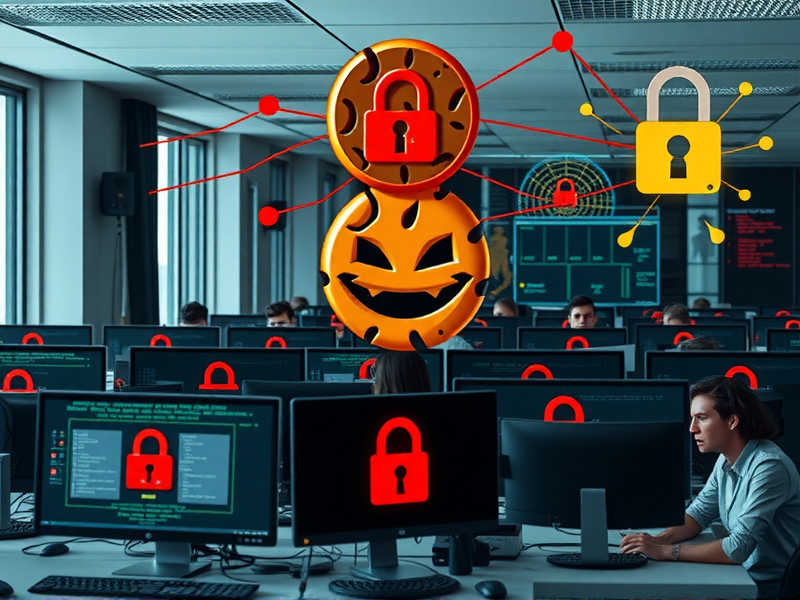Threat Overview
The cybersecurity landscape is constantly evolving, and one of the latest developments involves the WARMCOOKIE backdoor. Published by AlienVault on October 6, 2025, the threat report titled WARMCOOKIE One Year Later: New Features and Fresh Insights provides a comprehensive analysis of this persistent malware.
The Evolution of WARMCOOKIE
The WARMCOOKIE backdoor has shown significant evolution over the past year, with ongoing updates and new infections observed. Recent developments include:
- New Handlers for Executing Various File Types: The malware now includes handlers that can execute different file types, expanding its capabilities and making it more versatile.
- String Bank for Defense Evasion: A string bank has been added to help the malware evade detection by security measures. This feature allows WARMCOOKIE to change its appearance and behavior, making it harder to identify.
- Code Optimizations: The codebase has undergone optimizations to improve performance and efficiency, ensuring that the malware operates more smoothly.
- Campaign ID Field: A new campaign ID field has been introduced, providing context for operators. This helps in tracking and managing different campaigns more effectively.
Infrastructure Analysis
Infrastructure analysis reveals that the malware uses a default SSL certificate potentially used for WARMCOOKIE back-ends. This certificate can be a key indicator for security analysts to identify and mitigate potential threats associated with this malware.
Persistence Despite Disruption Attempts
Despite efforts to disrupt its operations, the WARMCOOKIE backdoor remains active in malvertising and spam campaigns. Its selective usage and continuous updates suggest that it will persist as a significant threat. Organizations need to enhance their protection measures to counter this evolving malware.
Recommendations for Mitigation
Given the persistent nature of WARMCOOKIE, organizations must adopt robust security practices to mitigate its impact. Here are some recommendations:
- Regular Updates and Patches: Ensure that all systems and software are regularly updated with the latest patches to close any vulnerabilities that could be exploited by WARMCOOKIE.
- Enhanced Monitoring: Implement advanced monitoring tools to detect unusual activities or anomalies that may indicate the presence of WARMCOOKIE.
- User Education: Train employees on recognizing and avoiding phishing attempts, malvertising, and other common vectors used by this malware.
- Network Segmentation: Segment networks to limit the spread of malware in case of an infection. This can help contain the damage and prevent it from affecting critical systems.
- SSL Certificate Management: Regularly review and manage SSL certificates to identify any default or suspicious certificates that may be associated with WARMCOOKIE back-ends.
Conclusion
The WARMCOOKIE backdoor continues to evolve, posing a significant threat to organizations. By understanding its new features and implementing robust security measures, organizations can better protect themselves against this persistent malware. For more detailed information, please refer to the external references provided:


